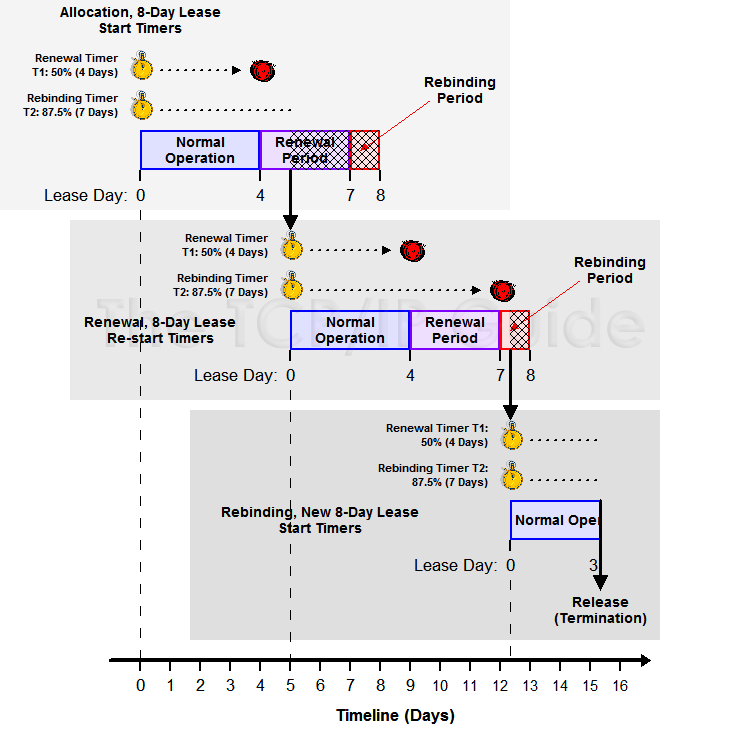 |
|
Please Whitelist This Site?
I know everyone hates ads. But please understand that I am providing premium content for free that takes hundreds of hours of time to research and write. I don't want to go to a pay-only model like some sites, but when more and more people block ads, I end up working for free. And I have a family to support, just like you. :)
If you like The TCP/IP Guide, please consider the download version. It's priced very economically and you can read all of it in a convenient format without ads.
If you want to use this site for free, I'd be grateful if you could add the site to the whitelist for Adblock. To do so, just open the Adblock menu and select "Disable on tcpipguide.com". Or go to the Tools menu and select "Adblock Plus Preferences...". Then click "Add Filter..." at the bottom, and add this string: "@@||tcpipguide.com^$document". Then just click OK.
Thanks for your understanding!
Sincerely, Charles Kozierok
Author and Publisher, The TCP/IP Guide
|
|
|

Custom Search
|
|
DHCP Lease "Life Cycle" Overview (Allocation, Reallocation, Renewal, Rebinding and Release) and Lease Timers
(Page 1 of 2)
The use of dynamic address allocation in DHCP means a whole new way of thinking about addresses. A client no longer owns an address, but rather leases it. This means that when a client machine is set to use DHCP dynamic addressing, it can never assume that it has an address on a permanent basis. Each time it powers up, it must engage in communications with a DHCP server to begin or confirm the lease of an address. It also must perform other activities over time to manage this lease and possibly terminate it.
Calling dynamic address assignments leases is a good analogy, because a DHCP IP address lease is similar to a “real world” lease in a number of respects. For example, when you rent an apartment, you sign the lease. Then you use the apartment for a period of time. Typically, assuming you are happy with the place, you will renew the lease before it expires, so you can keep using it. If by the time you get near the end of the lease the owner of the apartment has not allowed you to renew it, you will probably lease a different apartment to ensure you have somewhere to live. And if you decide, say, to move out of the country, you may terminate the lease and not get another at all.
DHCP leases follow a similar lease “life cycle”, which generally consists of the following phases:
- Allocation: A client begins with no active
lease, and hence, no DHCP-assigned address. It acquires a lease through
a process of allocation.
- Reallocation: If a client already has
an address from an existing lease, then when it reboots or starts up
after being shut down, it will contact the DHCP server that granted
it the lease to confirm the lease and acquire operating parameters.
This is sometimes called reallocation; it is similar to the full
allocation process but shorter.
- Normal Operation: Once a lease is active,
the client functions normally, using its assigned IP address and other
parameters during the “main part” of the lease. The client
is said to be bound to the lease and the address.
- Renewal: After a certain portion of the
lease time has expired, the client will attempt to contact the server
that initially granted the lease, to renew the lease so it can
keep using its IP address.
- Rebinding: If renewal with the original
leasing server fails (because, for example, the server has been taken
offline), then the client will try to rebind to any active DHCP
server, trying to extend its current lease with any server that will
allow it to do so.
- Release: The client may decide at any time that it no longer wishes to use the IP address it was assigned, and may terminate the lease, releasing the IP address. Like the apartment-renter moving out of the country, this may be done if a device is moving to a different network, for example. Of course, unlike DHCP servers, landlords usually don't let you cancel a lease at your leisure, but hey, no analogy is perfect.
Figure 259 illustrates the DHCP life cycle using an example that spans three leases.
|
|
| |||||||||||||||||||
Home - Table Of Contents - Contact Us
The TCP/IP Guide (http://www.TCPIPGuide.com)
Version 3.0 - Version Date: September 20, 2005
© Copyright 2001-2005 Charles M. Kozierok. All Rights Reserved.
Not responsible for any loss resulting from the use of this site.







